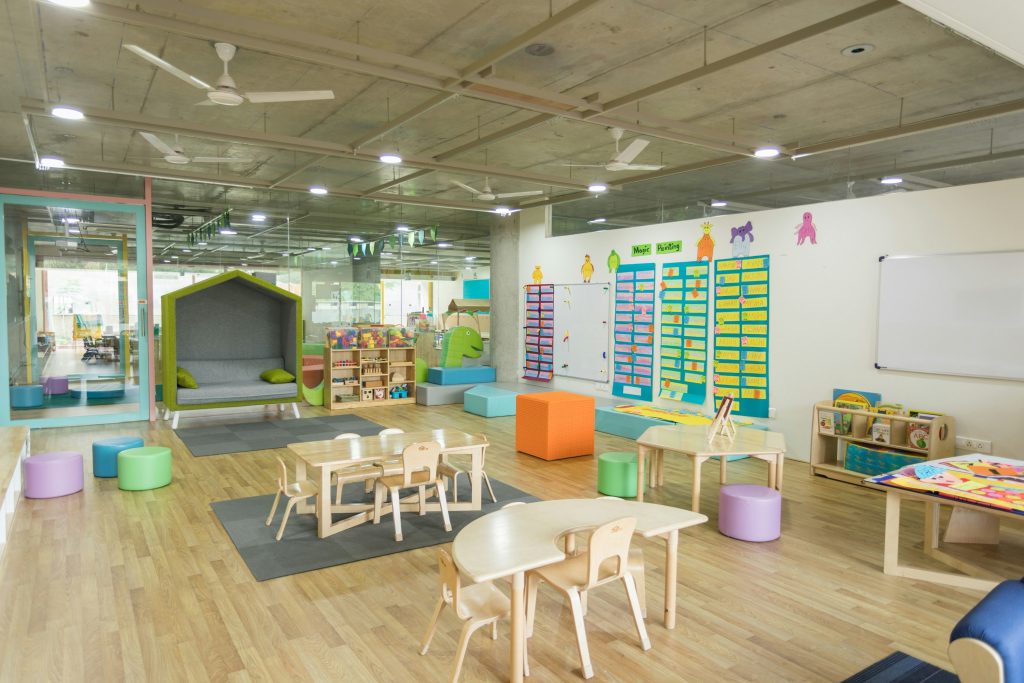Creating Positive Learning Environments
Your classroom environment—both physical and emotional—directly impacts student learning and behavior. Here are some practical strategies for arranging your space, building psychological safety, and implementing positive behavior support systems. These research-backed approaches will help you create an environment where every student feels valued, safe, and ready to learn.
Physical Environment Setup
Seating Arrangements by Purpose
- Rows: Direct instruction, testing, individual work
- U-Shape: Discussion, teacher-student interaction
- Small Groups: Collaboration, project work
- Flexible: Multiple configurations available
Essential Classroom Elements
- Clear sight lines to all students
- Easy movement pathways
- Organized materials storage
- Student work displays
- Calm-down/quiet space
- Clear learning objectives posted
Psychological Safety Framework
Creating Belonging
- Learn every student’s name within first week
- Display student work and interests
- Celebrate diverse perspectives
- Create class identity (motto, traditions)
- Regular community-building activities
Encouraging Risk-Taking
- “Mistakes are proof you’re trying”
- Share your own learning mistakes
- Celebrate growth, not just achievement
- Normalize not knowing as starting point
- Create “safe to fail” activities
Building Trust
- Be consistent in responses
- Follow through on promises
- Admit when you don’t know something
- Respect student confidentiality
- Show interest in students as individuals
Positive Behaviour Support System
Recognition Strategies
- Specific praise: “I noticed you helped Sarah understand fractions by drawing pictures”
- Private acknowledgment: Note on desk, quiet word
- Public celebration: Student of the week, positive phone calls home
- Peer recognition: Students nominate classmates

Did you find this helpful?
